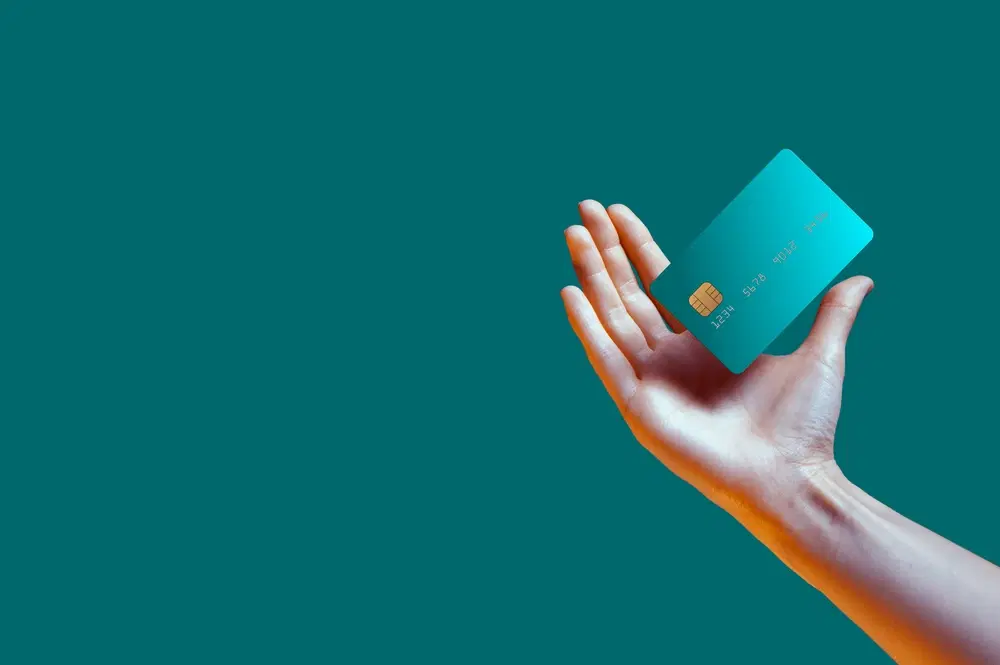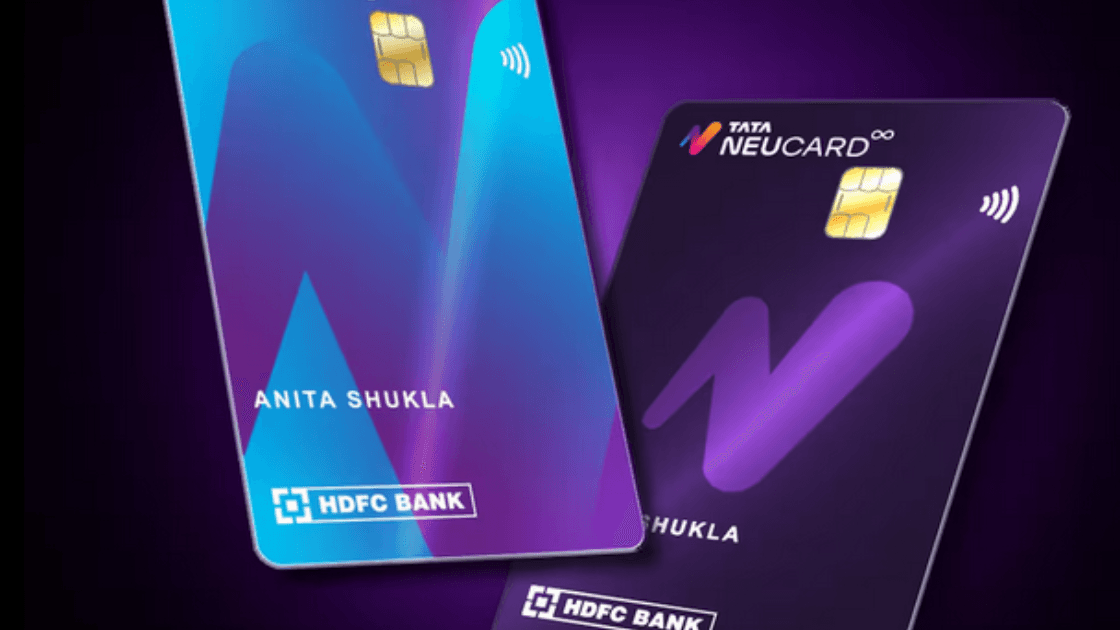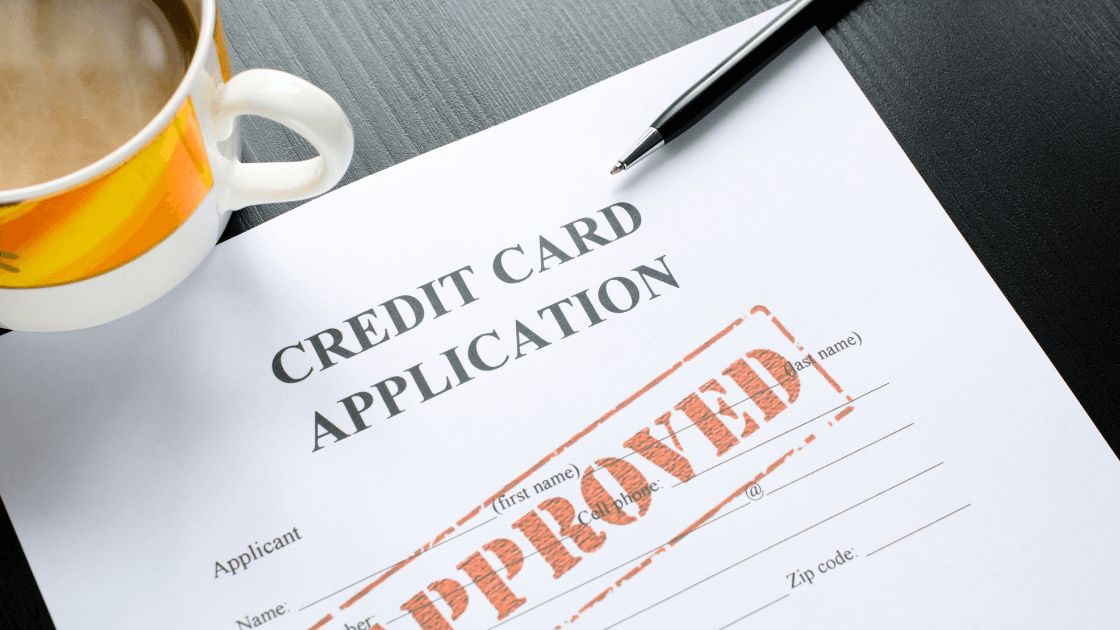
Cards
•05 min read

Imagine reviewing your monthly credit card statement and noticing a highlighted figure labeled as the minimum amount due. It might seem like a small sum, but understanding what it truly means is vital for smart financial management. In this guide, you will learn the definition of minimum due, how it is calculated, the pros and cons of paying only the minimum, and effective strategies to manage your payments.
The minimum due is the smallest amount you need to pay on your credit card each month to keep your account in good standing. It is not the full outstanding balance but a percentage of it, often between 5-10%, and might include additional fees or charges like late payment fees or any EMI amounts if they are applicable. For example, the minimum due on a credit card means that while you are keeping your account active, you are not necessarily reducing the entire debt. This concept applies uniformly across traditional credit card products, including the Tata Neu HDFC Bank Credit Card.
The calculation of the m nimum due usually includes several components. This amount is a sum of a percentage of your outstanding balance, any fees (such as late payment or annual fees), and any applicable EMIs. You can find these details clearly listed on your credit card statement, which helps you understand exactly what part of your balance requires urgent attention.
One frequent misconception is that paying just the minimum amount due ensures you avoid interest charges. However, this is not the case. While it does keep your account in good standing, the unpaid balance continues to accrue interest. Another myth is that the minimum due amounts to your total bill. In reality, this is just a fraction of what you owe. Paying only the minimum may seem convenient, but it can lead to a prolonged cycle of debt if not managed wisely.
There are immediate advantages to paying only the minimum due. Firstly, it helps you avoid any late payment fees and maintains your credit score since timely payments are reported to credit bureaus. Additionally, making at least the minimum payment keeps your account active, ensuring that your financial history continues to look positive in the short run. This practice can provide temporary relief when cash flow is tight.
Relying on the minimum due has significant long-term drawbacks. The major concern is the accumulation of interest on the remaining balance, which gradually increases the total cost over time. This practice can also lead to a debt cycle where the credit card balance never fully clears. Moreover, high credit utilization—the ratio of your credit card balance to your credit limit—might negatively impact your credit score, affecting future financial opportunities.

Consider a scenario where you decide to pay only the minimum due each month. Over a period of six months, while you avoid immediate penalties, the accrued interest steadily increases your overall debt. If you were to pay the full balance instead of just the minimum, you would eliminate this growing interest burden. Opting for minimum payments helps in avoiding late fees, but the cost of interest can become significant over time.
Calculating the minimum due is relatively simple. Use the formula:
Outstanding balance x Issuer percentage + Fees + EMI amounts = Minimum Due
For instance, if your outstanding balance is ₹10,000 and your issuer calculates 7% of that along with a ₹50 fee, the minimum due would be the sum of these components. Note: These percentages are indicative averages and may vary based on the card issuer's policies. Knowing this calculation helps you plan your payments more effectively.
While it’s acceptable to pay the minimum amount in a pinch, it is often beneficial to pay more than the minimum when possible. This approach reduces the interest accrual and helps in settling the balance sooner. Other strategies include setting up payment reminders through your phone or app notifications so that you never miss a due date. Automating payments for at least the minimum due also ensures that you avoid late fees. Additionally, monitoring your spending can help keep your credit utilization within safe limits.
Avoiding overreliance on minimum payments is crucial. Building an emergency fund can offer you the resilience to cover unexpected expenses, allowing you to manage your credit card bills more effectively. It is also important to develop disciplined spending habits by using credit cards only for amounts you are sure you can repay in full. Lastly, regularly reviewing your credit card statement helps verify that all charges are correct and keeps you informed about your financial status.
-ed507771-df04-4fb3-9af5-bae11cb611a6.png&w=3840&q=75)
Each issuer may have subtle differences in how it calculates the minimum due. The percentage charged on the outstanding balance, additional fees, and any specific rules related to EMIs might vary slightly. While the fundamental idea remains the same, these variations affect the total amount that becomes due each month.
The policies set by the issuer can influence your overall financial strategy. A higher minimum due, while potentially reducing the balance faster, might place extra pressure on monthly budgets. On the other hand, a lower minimum can provide short-term relief but might extend the debt cycle if not managed properly. Understanding these nuances can help you make more informed decisions about your credit card usage and payment strategies.
When selecting a credit card, consider not only the rewards and convenience it offers but also the flexibility of its payment terms. Pay attention to the interest rates on unpaid balances and how the minimum due is calculated. While these factors are important, always balance them with other features that align with your financial needs. The goal is to use your credit card as a tool to manage your finances effectively without falling into a debt cycle.
Paying only the minimum due keeps your account in good standing, but you will face interest charges on the remaining balance.
Yes, interest is charged on the portion of your outstanding balance that is not cleared by the minimum payment.
The minimum amount due for the Tata Neu HDFC Bank Credit Card is calculated as a percentage of your outstanding balance, along with any applicable fees and EMI components.
In conclusion, understanding the minimum due on your credit card is a key step toward effective financial management. This amount is designed to keep your account active while providing a cushion for those tight months. However, consistently paying only this minimum can lead to an ever-increasing debt burden due to interest accumulation. By grasping how the minimum due is calculated and employing strategies such as paying more than the minimum, setting reminders, automating payments, and monitoring your spending, you can maintain a healthier financial outlook and avoid long-term pitfalls. Recognize the importance of balancing short-term conveniences with long-term financial discipline, and make informed decisions that pave the way for better financial stability.